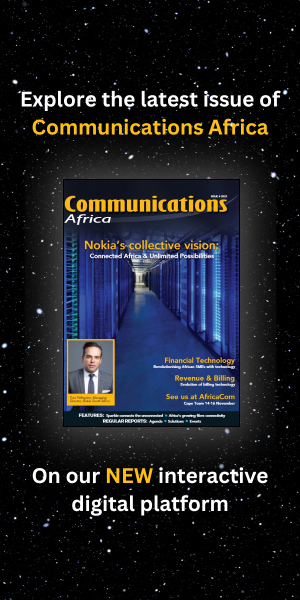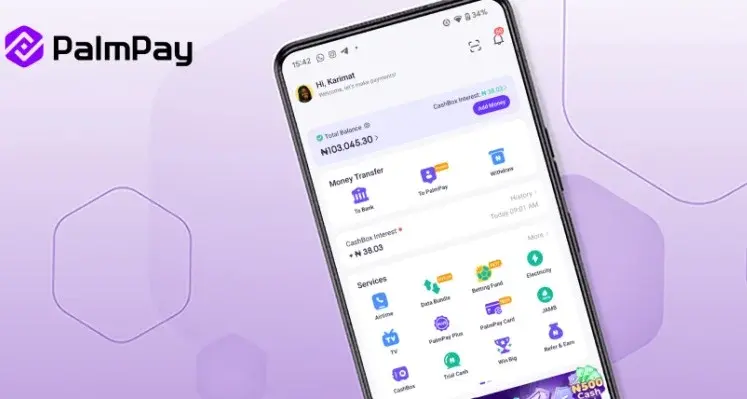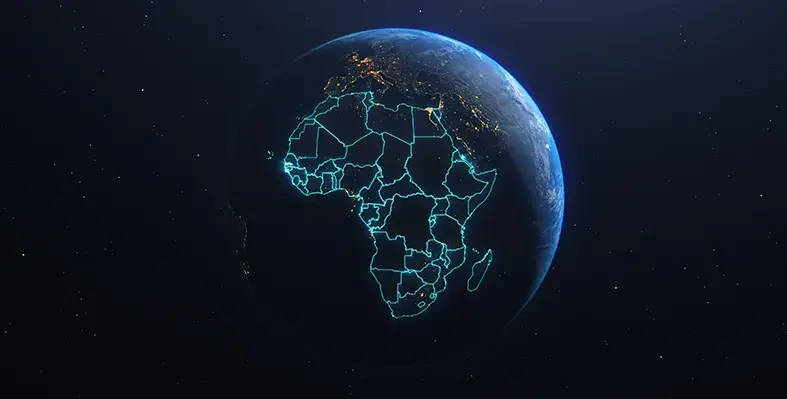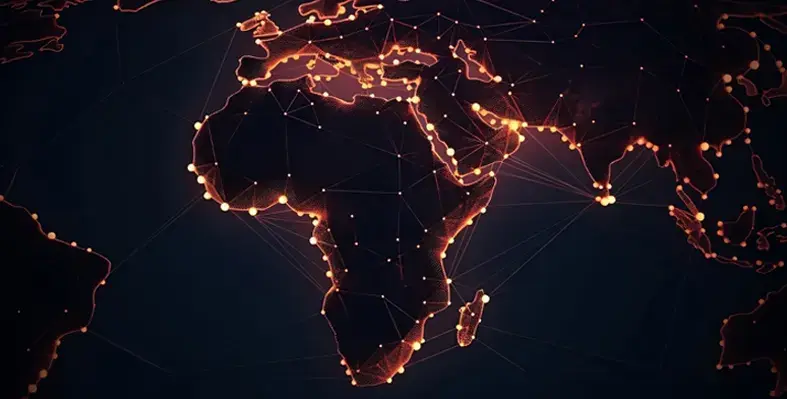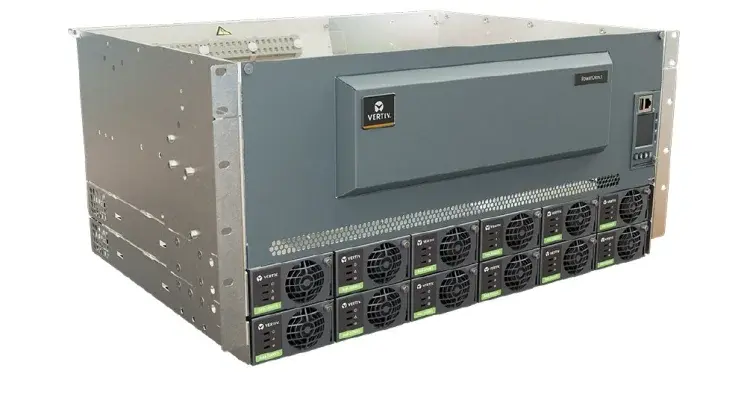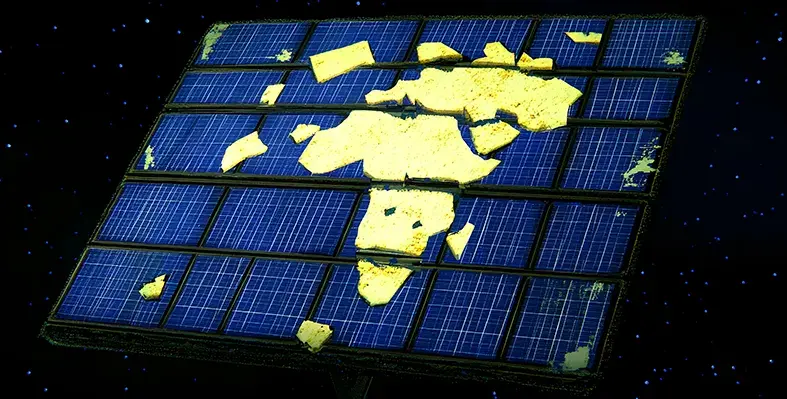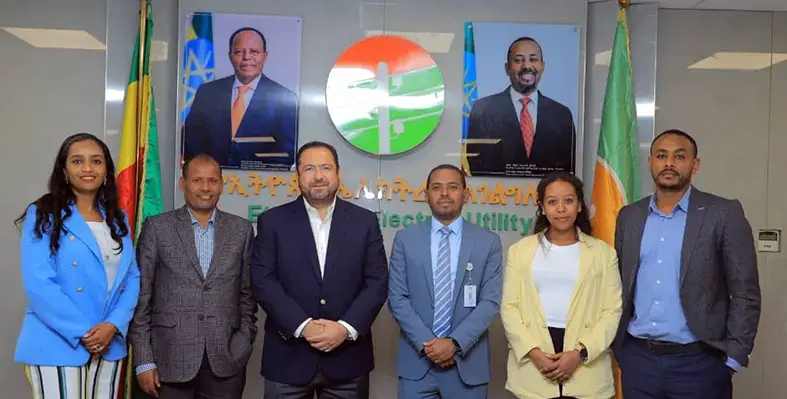The Communications Authority of Kenya (CA) serves as the regulatory body for the ICT sector in Kenya, overseeing telecommunications, e-commerce, cybersecurity, broadcasting, and postal services
It manages the country's numbering and frequency spectrum resources, administers the Universal Service Fund (USF), and advocates for consumer rights in ICT services. Additionally, the Authority promotes trade in ICT by facilitating the clearance of permits for type-approved imported equipment through the Kenya Trade Network Agency (Ken Trade) National Single Window System (TradeNet System/Trade Facilitation Platform).
To enhance the integrity and tax compliance of mobile devices in Kenya, the Authority has issued a notification to all stakeholders, including mobile network operators involved in the local assembly, importation, distribution, and connection of mobile devices to local networks. Starting January 1, 2025, the following requirements will be enforced for all mobile phone devices in Kenya.
New IMEI compliance regulations
Local assemblers must upload the International Mobile Equipment Identity (IMEI) Number of each assembled device to a portal provided by the Kenya Revenue Authority (KRA) to ensure tax compliance. Importers of mobile phones, whether for sale, testing, research, or other purposes, will be required to include the IMEI Number in their import documentation submitted to the KRA. This disclosure is essential for registering devices in the National Master Database of Tax-Compliant Devices.
Retailers and wholesalers must ensure they only sell or distribute mobile devices that are tax compliant. The Authority will provide a method for verifying the tax compliance status of mobile devices before purchase by retailers or end-users. Mobile network operators will be required to connect devices to their networks only after confirming their tax compliance status through a whitelist database of compliant devices maintained by the Authority. Additionally, operators must implement a gray-listing process for non-compliant devices to allow for regularization within a specified timeframe; failure to comply will result in the devices being blacklisted.
These new requirements will apply to all devices imported or assembled in the country from November 1, 2024. Existing devices on mobile networks as of October 31, 2024, will remain unaffected.
Most Read
Latest news
More Articles

This initiative utilises the Tianqi Low Earth Orbit (LEO) satellite constellation to deliver advanced industrial connectivity across multiple sectors

Infinity Wireless and Frogfoot will work together to ensure fibre service delivery remains exceptional
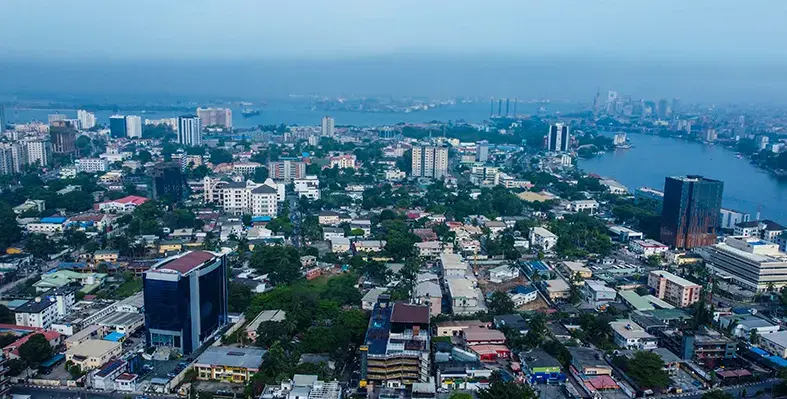
Microsoft exceeds its 2025 connectivity target and partners with AfDB to accelerate digital and agricultural transformation across Africa
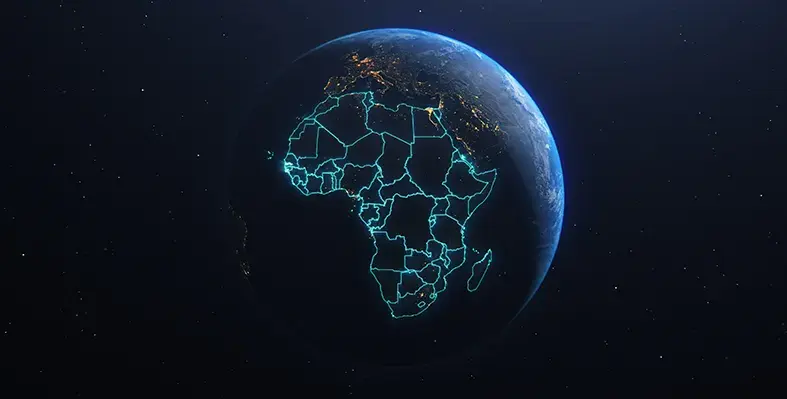
This partnership further positions Ghana as one of Africa’s most internationally connected countries

Integrity360 acquires Redshift in South Africa, boosting cybersecurity services, expertise, and regional expansion





